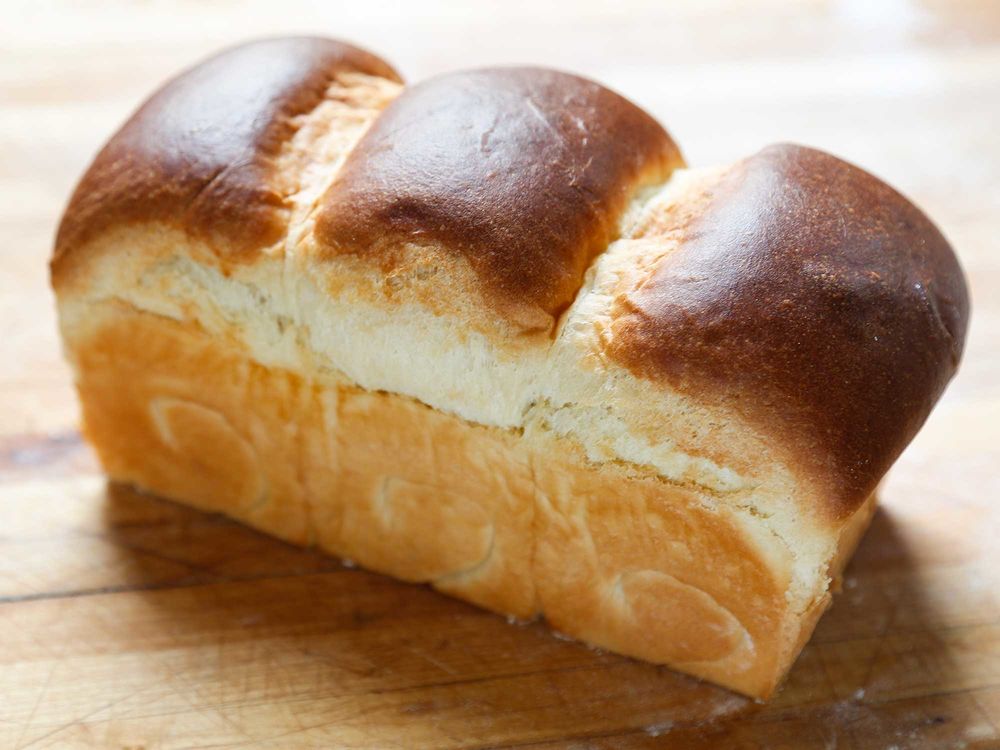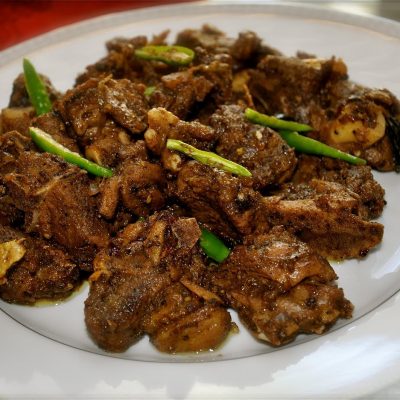Ingredients
-
1 Egg
-
2/3 Cup Whole Milkat room temperature, plus more for brushing
-
3 Table spoon Warm WaterSlightly warm
-
2 1/3 Cup Bread Flour1 Tbls for
-
1/4 Cup Sugar
-
1 1/4 Teaspoon Instant Dry Yeast
-
2 Teaspoon Kosher Salt
-
1/4 Cup Butter
-
Non Stick SprayOr Neutral Flavored Oil for greasing
Directions
In Mexico, Pan Blanco Bimbo is just as airy and moist as its American cousin, Wonder Bread. In Hong Kong, Taiwan, and Japan, bakers balance their loaves’ dryer interiors with a touch of structure and chew. Then there’s the classic French pain de mie, Portuguese sweet bread, and Jewish challah—all enriched breads with combination of milk, egg, and fat, though not so much as the extravagantly cakey brioche.
What they all share is a base of white wheat flour (not a trace of virtuous germ or bran), mild commercial yeast, sugar, and a tight, even crumb structure. They also share versatility: loaves good enough to eat plain, but also made for sandwiches as well as a range of baking projects, sweet and savory.
With so many kinds of white bread out there, I set out to develop a loaf that borrows the best from each of these international styles. The resulting recipe uses classic French milk bread’s basic formula and long knead time, but draws from the shaping technique that makes Taiwanese and Japanese white breads so delicate (more on that in a minute). It’s a fluffy loaf that fills the kitchen with the scent of butter as it bakes, and because it’s enriched with fat and a touch of sugar, it also keeps well, up to a week if wrapped tightly in plastic.
In spite of plenty of snobbery, tender white bread remains a beloved staple of cuisines all over the world. Our version is aerated and fluffy like North American and Mexican packaged loaves, but with the enriched chew and structure of French pain au lait. We also borrowed a shaping technique from Japanese and Taiwanese bakers, which results in a delicate, feathery crumb. The result: an ethereally fluffy, generously buttery, and delightfully squish able loaf.
Steps
|
1
Done
|
In the bowl of a stand mixer fitted with the dough hook, add the egg, milk, water, flour, sugar, yeast, and salt; beat on the lowest speed until a dough begins to form, about 3 minutes. Raise the mixer to the second speed and beat 4 minutes more. (The dough should be smooth and quite sticky). Lower the speed, add the butter, and mix 12 minutes more, using a rubber spatula to scrape down the hook and bowl as necessary. |
|
2
Done
|
Lightly grease a medium bowl with nonstick spray, then add the dough. Cover the bowl loosely with plastic wrap and let rest at room temperature until significantly puffed (but not necessarily doubled in volume), about 90 minutes. |
|
3
Done
|
Lightly grease a 9-inch loaf pan with nonstick baking spray, then line with parchment paper. Lightly grease the bottom and sides of the parchment paper with more spray. |
|
4
Done
|
On a lightly floured work surface, divide the dough into 3 (220-gram) pieces and lightly round them all. Cover the pieces with a clean towel and let rest for 10-15 minutes. Roll one piece into an 11x6-inch rectangle. Fold the two short ends of the rectangle in to meet each other. With the seam side facing up and starting from one of the dough’s shorter ends, roll the resulting rectangle up into a tight cylinder. Set aside, then repeat with the remaining dough pieces. |
|
5
Done
|
Transfer the dough pieces crosswise into the prepared loaf pan, being sure to space them evenly. |
|
6
Done
|
Preheat the oven to 375°. Meanwhile, lightly cover the loaf with plastic wrap and let rise at room temperature until the dough is just peeking over the rim of the pan, 60-75 minutes. When ready to bake, remove the plastic wrap and brush with milk. Bake until evenly dark golden brown, 35-40 minutes. |
|
7
Done
|
Remove and let cool for 15 minutes before using the parchment paper to lift the milk bread out of the pan. Transfer to a wire rack to cool completely, at least 1 hour, before slicing. |




